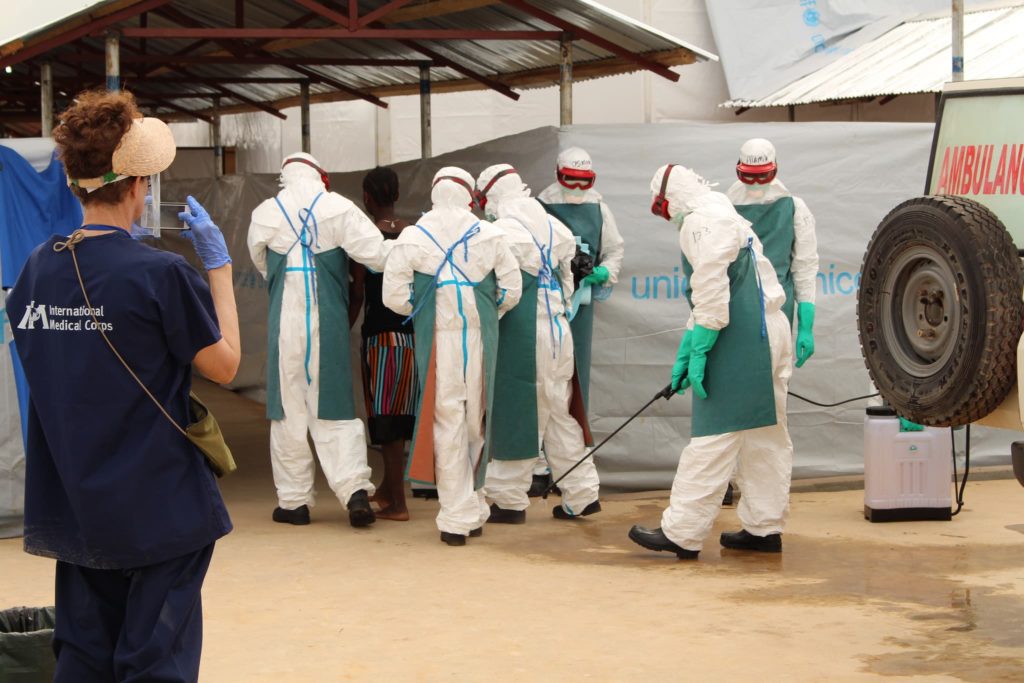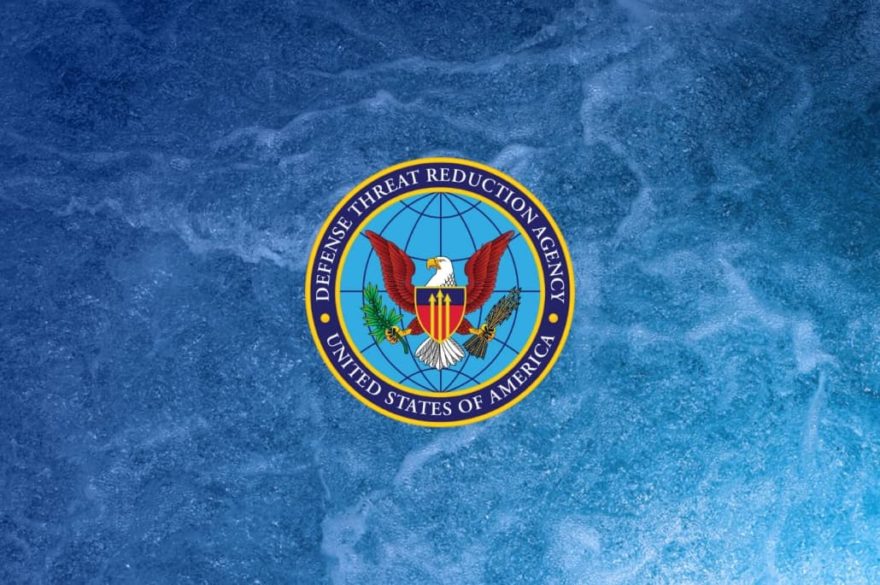The Defense Threat Reduction Agency, DTRA, is a Department of Defense agency charged with protecting the United States and its allies from weapons of mass destruction. The agency provides cross-cutting solutions to enable the DoD and international partners to deter strategic attacks; prevent, reduce, and counter WMD and emerging threats; and prevail against WMD-armed adversaries in crisis and conflict.You can check other related topics on our website, AKO Offline.
The Defense Threat Reduction Agency (DTRA) is the Department of Defense’s official combat support agency for countering weapons of mass destruction. Its experts address chemical, biological, radiological, nuclear, and high-yield explosive threats through research and development, operational support to U.S. warfighters on the front line, and an in-house WMD think tank that aims to anticipate and mitigate future threats long before they have a chance to harm the United States and its allies.
DTRA’s technology and skill development function focuses on developing sensors and weapons to detect, determine the lethality of, and destroy WMD production facilities, as well as technologies that protect personnel from terrorist attacks involving WMDs. It also develops training protocols for U.S. nuclear weapons handlers and accident response protocols for handlers overseas.
One of DTRA’s signature technologies is the Dynamic Picture of the Operating Environment, or DPOE, a web-based system that constantly churns out a steady stream of intelligence data and rapidly responds to queries. It consumes and stores terabytes of structured and unstructured information in Word, PDF, and plain text file formats.

Another is the Cooperative Threat Reduction program, which was created by the Nunn-Lugar Act of 1991 to safeguard the nuclear, biological, and chemical weapons stockpiles in former Soviet republics and assist those countries in meeting their arms control treaty obligations. This program has been called the “most successful” of its kind, preventing the spread of WMDs and providing other benefits to its partner nations.
The agency also sponsors a scientific contest for middle and high school students called the Sea Air and Land Challenge, which challenges teams to design and build devices that can navigate various environments. This event is a good way for DTRA to help educate the next generation on keeping the U.S. safe from the latest weapons of mass destruction threats.
Is DTRA part of the army?
The Defense Threat Reduction Agency (DTRA) is an organization within the United States Department of Defense. It is tasked with protecting the United States and its allies from chemical, biological, radiological, and nuclear weapons. It was established on October 1, 1998, and is headquartered in Fort Belvoir, Virginia.
The agency performs four core functions: combat support, technology and skill development, threat control, and threat reduction. DTRA provides military forces with various tools to respond to WMD attacks or accidents and enhances their readiness for such events.
As part of its role in reducing the threat of WMDs, DTRA participates in several arms control treaties and counterproliferation programs. These include the New START Treaty and the Intermediate-Range Nuclear Forces Treaty. DTRA also helps implement the Nunn-Lugar Cooperative Threat Reduction program, assisting former Soviet states in safeguarding their nuclear, biological, and chemical weapons stockpiles.
DTRA is also responsible for developing technologies that will help the Department of Defense reduce the risk of accidents involving nuclear materials and improve its capability to respond to incidents related to such weapons. DTRA also provides training protocols for U.S. nuclear weapons handlers and accident response protocols for handlers overseas.
Additionally, DTRA develops simulation techniques and technologies to assess the survivability of the United States and works closely with the Energy Department’s Nuclear Nuclear Assurance Branch to develop and maintain nuclear weapons information security policies.
DTRA employs approximately 2,000 civilians and uniformed service members at more than a dozen permanent locations around the world. The majority of personnel are based at its headquarters at Fort Belvoir. A smaller percentage of employees are headquartered at Kirtland Air Force Base in New Mexico and the Nevada National Security Site in Las Vegas.
